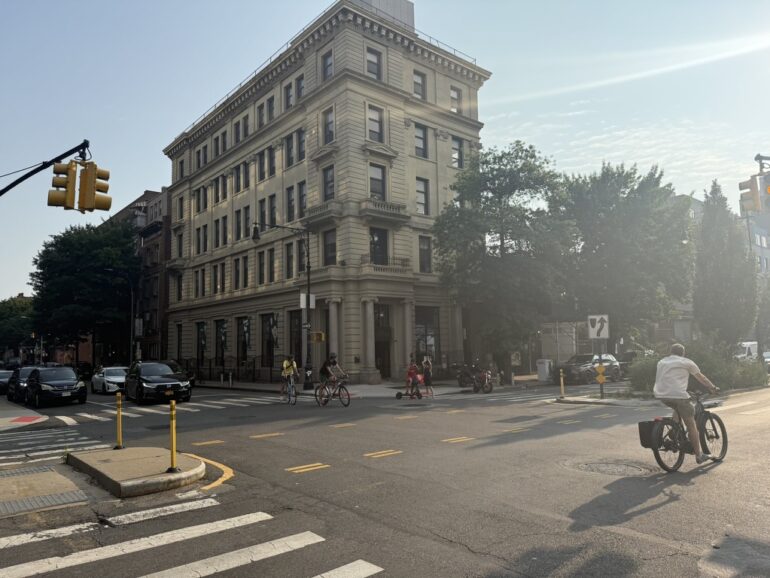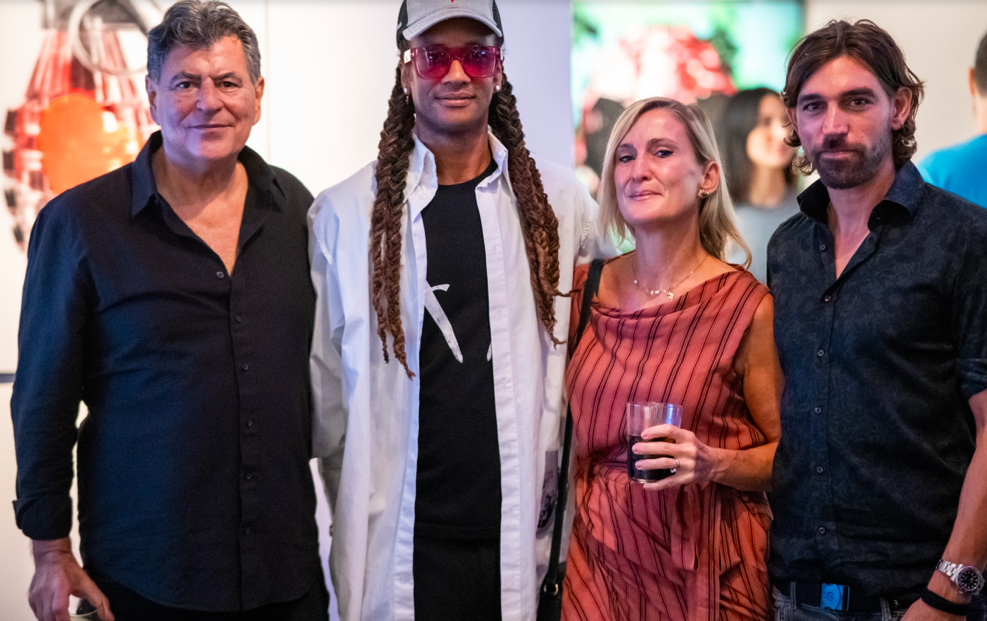Culturalee’s Amsterdam Correspondent Jessica Hartley reports from Brooklyn with tips on the best sights, sounds and stays on offer in the New York City neighbourhood.
Brooklyn: Don’t Cross the Bridge
When visiting NYC, Manhattan is still a force to be reckoned with, all electrifying visuals and high-voltage energy. But just over the Hudson lies Manhattan’s more grounded, mellower sibling: Brooklyn, an altogether funkier proposition. It’s a cultural destination in its own right, with an influence that cuts deep into the city’s creative DNA. And it’s huge! If Brooklyn weren’t part of New York, it would be the third biggest city in the USA. Its most iconic visual (and recurring motif) is of course, the monumental Brooklyn Bridge.
Ask local art-lovers, and they’ll tell you that most of NYC’s galleries and high-profile cultural institutions are still based in Manhattan, and yes, we’d have to cross the bridge. But we didn’t. Brooklyn’s cultural energy is less about famous galleries and more about street life, vintage stores, pop-ups, community, and, of course, some jaw-droppingly incredible museums like the Brooklyn Museum.
As NYC’s largest borough, it is striking for its size and diversity. Each neighborhood has its own vibe, character, audience, and architectural style. Must-sees include DUMBO, Bedford, Williamsburg, Park Slope, Vanderbilt, Prospect Park, and Red Hook. Each neighborhood of this mighty borough deserves its own fully fleshed-out piece, but here’s a selection of Culturalee’s highlights.
ART: Brooklyn Museum

No visit to NYC – or even the U.S. – should be undertaken without a stop at the Brooklyn Museum, in Prospect Heights. Founded in 1823, the Brooklyn Museum is one of the United States’ oldest and largest art museums. This palatial building is a treasure trove, a reason to come to NYC in itself; CULTURALEE could have spent a whole week there. Or more.
A good place to start is Breaking the Mold (running until 22nd February, 2026), a monumental exhibit celebrating 200 years of the museum and unfolding some of the flavor and history of Brooklyn, from the 17th century to the present day. The exhibition is set over several rooms and spotlights 220 striking artefacts and artworks that keep your eyes glued to the walls. In fact, one wall was so captivating that Culturalee could have spent the entire day there: eleven pieces, all depicting scenes of and around Brooklyn Bridge, were displayed together in a seemingly nonchalant way by varied artists, including Georgia O’Keeffe. Each one was hauntingly, tantalizingly special, and all the more so by being shown as a set.

Brooklyn Museum. (Photo: Paula Abreu Pita).
Other highlights include ‘Winter Scene in Brooklyn,’ a view of Front Street in DUMBO, from 1819, by American painter Francis Guy; a Max Beckmann self-portrait from his time teaching at the museum; a tiny pair of moccasins acknowledging the land’s original inhabitants; and a classic Coney Island carousel horse.

Francis Guy. Winter Scene in Brooklyn, ca. 1819–20. Oil on canvas. Brooklyn Museum, Transferred from the Brooklyn Institute of Arts and Sciences to the Brooklyn Museum, 97.13. (Photo: Brooklyn Museum)
Judy Chicago’s ‘The Dinner Party’
Judy Chicago’s “The Dinner Party” at the Brooklyn Museum is an iconic piece of feminist art from the late 1970s. The huge installation took a team of over 400 volunteers (including ceramicists, needleworkers, historians and students) five years to create, between 1974-79. The Dinner Party format is a triangular dinner table set with placements for 39 historical women. Conceptually, you couldn’t find an artwork that so clearly represents the feminist movement of that era, giving women who are not represented in history a symbolic seat at the table (with another 999 names inscribed in the Heritage Floor on which the table rests).
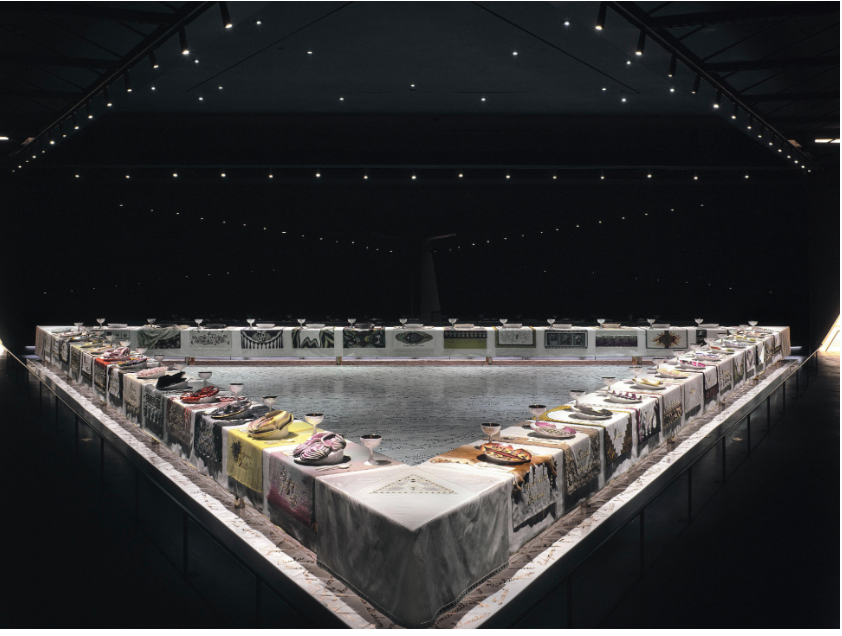
Chicago, who co-founded the first Feminist Art Program at California State University and is now in her mid-80’s, has said that her “intention was to challenge the male-centered view of history”. Clearly the work time stamped, but there’s no denying the thrilling power of seeing the installation in real life, and witnessing the sheer craft involved in the handmade materials.
At its debut, ‘The Dinner Party’ was considered a shocking and controversial statement – particularly as the main theme of the decor are vulvas and other parts of female genitalia. The piece has received criticism in recent decades, mostly about, ironically, who is not seated at that table. But it’s also undoubtedly a trailblazing and much imitated piece of work that has consciously or subconsciously inspired generations of artists, the likes of Tracey Emin spring to mind.

COMMUNITY: Good Co. Bike Club
Now for something completely different, but still sticking in Prospect Heights, right next door to Brooklyn Museum you’ll find Prospect Park, a vast, leafy, green haven to escape city life, strangely reminiscent of Amsterdam’s Vondelpark. This is where Culturalee was lucky enough to encounter a jovial group of cyclists: the Good Co. Bike Club.

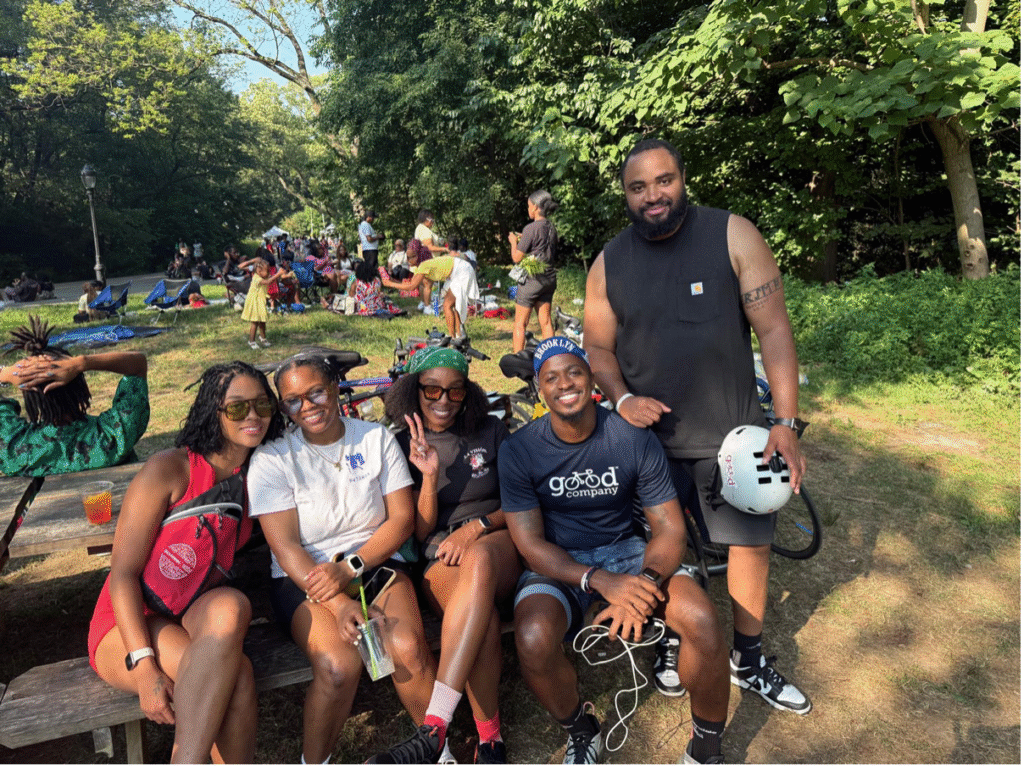
Founded in Brooklyn during Covid by the super inspiring Andrew Bennet when he wanted to take a local ride with his friends to instill a sense of normalcy during the pandemic, it was officially established in June 2020 during the height of social justice unrest in America. The Good Co. Bike Club isn’t just about cycling; it’s about building bonds, especially within Brooklyn’s Black community. Bennet’s energy and vision are contagious. So is his laugh. He’s on a mission to connect people, create safe spaces and show that cycling can be both joyful and powerful. CULTURALEE couldn’t agree more.
Check their website or Instagram for upcoming rides, pop-up events, and plenty of Brooklyn bike inspiration.
STREETLIFE: Brooklyn Flea
Who doesn’t love a flea? Brooklyn Flea is next level – a veritable vintage-fest. Somewhat reminiscent of Paris’s great Saint-Ouen antiques district, but much more compact. It’s where you go to hunt for offbeat clothes, records, jewellery, and of course pretty much anything vintage. The vibe is pure Brooklyn: creative, a bit chaotic, but very moreish. Even if you’re not buying, it’s worth a stroll to feel the vibe and watch the people.
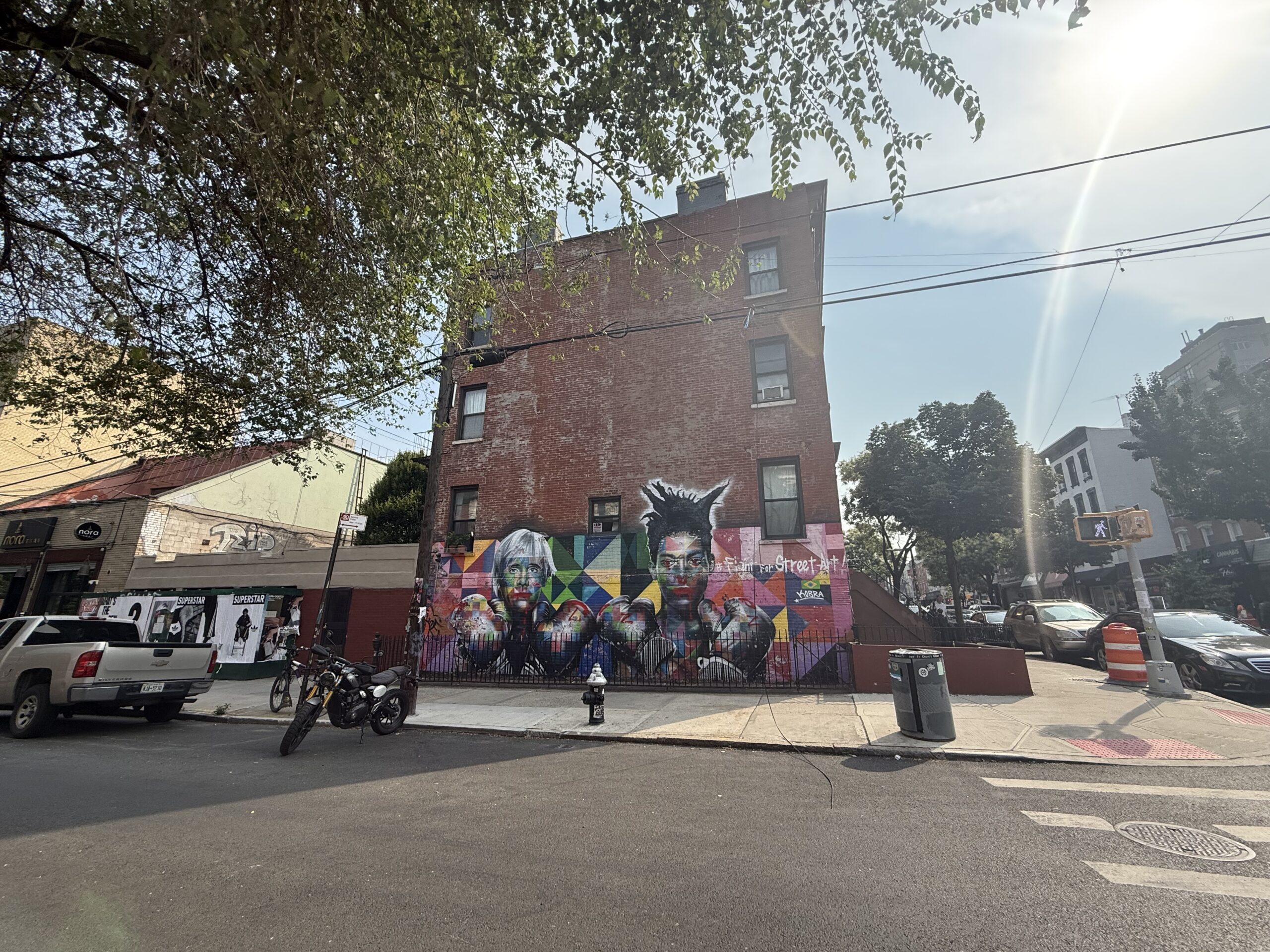
SOUNDS: Earwax Records
If you’re into vinyl, Earwax Records is a Williamsburg classic. It’s relaxed and unpretentious. The shop has been around since the late ’90s and is packed with new releases, obscure finds, and staff picks scribbled on index cards. It’s the kind of place where you’ll end up talking music with strangers and maybe leave with a record you’ve never heard of, but will have on repeat by the end of the week. It even stocked not just one, but numerous records by Culturalee’s favourite obscure UK Indie band from teenage years, Spacemen 3. That alone gets it a 10 out of 10.
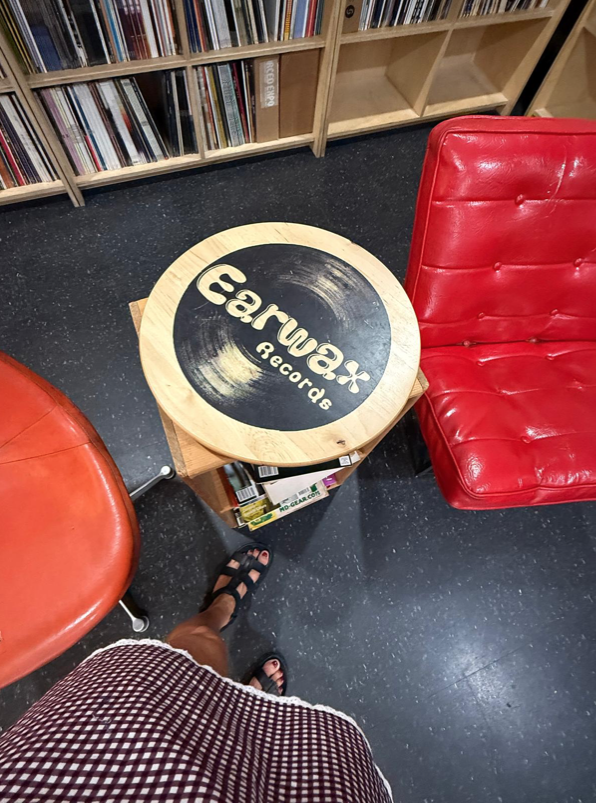
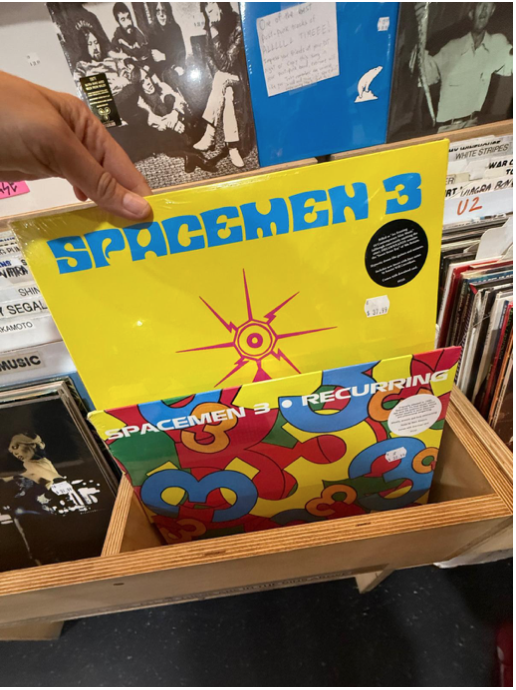
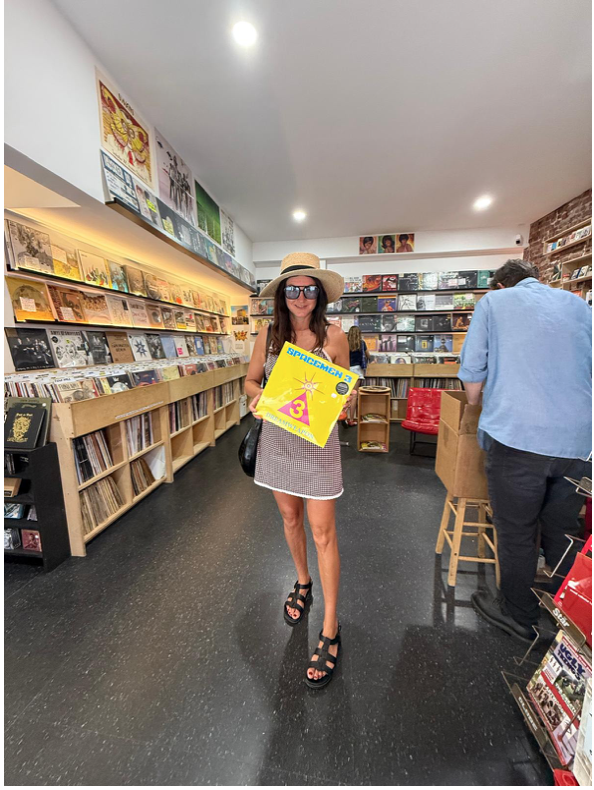
BOOKS: Booksellers Spoonbill & Sugartown
Spoonbill & Sugartown is the kind of bookstore you stumble into and end up staying way longer than planned. The shelves are a mix of art books, design tomes, zines, philosophy, and oddball titles. It’s a beautiful mess, books stacked everywhere, handwritten notes, and slight creative chaos, it’s a bit like being in someone’s house. The staff are famously friendly and always ready with a spot-on recommendation, even if you wander in with no idea what you’re after.
Check their Instagram for readings and events, or just show up and follow your nose.
STAY: 1 Hotel Brooklyn Bridge
If you want a hotel that serves up local art along with your morning coffee, 1 HOTEL BROOKLYN BRIDGE is the place. And the views are to die for. Here, you’ll spot a 25-foot living green wall inspired by Brooklyn’s parks, cloud-like lampshades made from mushroom mycelium, and sculptural installations by local artists using everything from reclaimed wood to black silica.
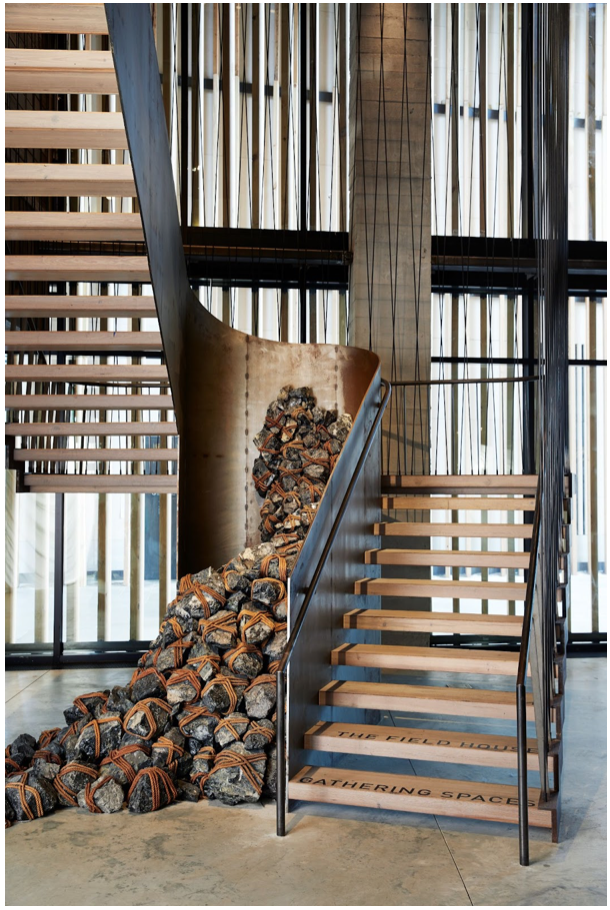
The rooms are designed with salvaged wood and locally sourced furnishings – and views of the Brooklyn Bridge that will give even the most jaded New Yorker a sharp intake of breath. Plus a spectacular rooftop terrace and pool with views of the Statue of Liberty and Wall Street. Lots of little details resonate, tables made from hurricane-felled trees, benches built with wood from the old Domino Sugar Factory, and art by local makers. It’s a hotel, yes, but it also feels like a tribute to the creative energy of Brooklyn. And, the lovely people working there are pretty much all local Brooklynites which gives a homely vibe.
And if like me you care about eco-friendly hotels, there are touches like green roofs, filtered rainwater, and furniture made in local studios. Did I mention the views?
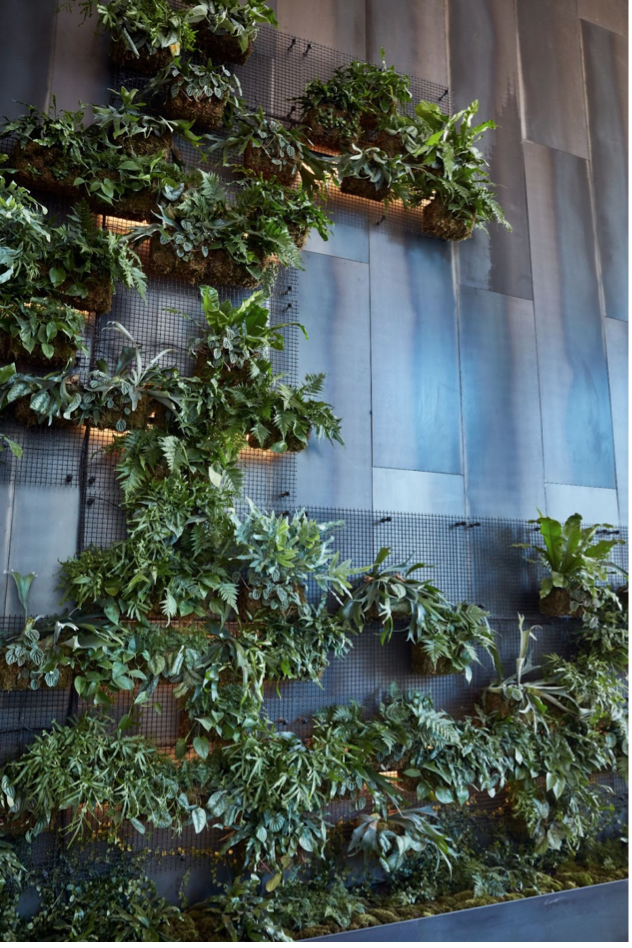
So the moral of the story? DON’T CROSS THE BRIDGE.
Words and Photography by Jessica Hartley.


